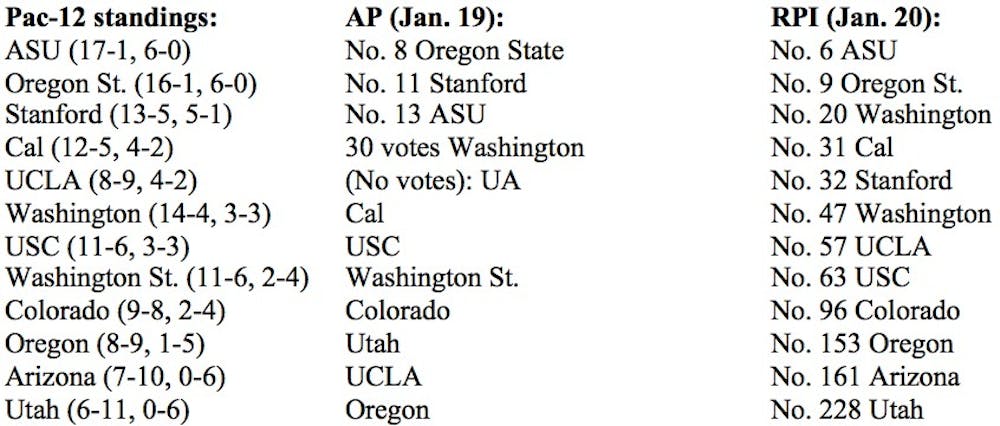 (Left to right) Don Fowler, Betsy Rice, Glen Rice and Catherine Fowler pose after Glen Rice receives the Don D. and Catherine S. Fowler Prize for his upcoming book at the Great Basin Anthropological Conference. (Photo by Reba Rauch/Courtesy of Glen Rice)
(Left to right) Don Fowler, Betsy Rice, Glen Rice and Catherine Fowler pose after Glen Rice receives the Don D. and Catherine S. Fowler Prize for his upcoming book at the Great Basin Anthropological Conference. (Photo by Reba Rauch/Courtesy of Glen Rice)
ASU archaeology professor Glen Rice will be shedding new light on an ancient culture in his upcoming book, “Sending the Spirits Home: The Archaeology of Hohokam Mortuary Practices."
Rice’s book is set to be published in fall 2016, but it has already been recognized as an exceptional work by the Don D. and Catherine S. Fowler Prize, which serves to recognize outstanding research and writing that illuminate human history in the American West.
“It was very gratifying,” he said. “(Don and Catherine Fowler) are incredible researchers that have been very productive all their lives, so it’s truly an honor to get this prize.”
He said that it was especially gratifying to be recognized for his work, because it has taken him eight years of research and two years of writing to produce it.
Rice said he has been involved in Hohokam archaeology since the late '70s, but writing “Sending the Spirits Home” was a unique experience, he said.
He said he compiled and analyzed massive amounts of data recorded about Hohokam burials in order to draw conclusions about their culture.
"Mortuary data was interesting to me because there hadn’t been any sort of systematic synthesis of it yet,” Rice said. “That’s what I’ve attempted to do, is try to create a synthesis of it.”
He said he has analyzed historic records, histories and ethnographies of Hohokam descendants to better understand the ancient culture’s grave construction and burial practices.
"(It was) an opportunity to combine ethnography with archaeology,” he said.
Through his research, he recognized a number of interesting burial habits, including women’s graves being bigger and more generously adorned than men’s graves.
He also noted more subtle differences between burials, like differences in pigments sprinkled over the dead.
Archaeology professor David Abbott is an expert on Hohokam archaeology. Although he has not read or reviewed Rice’s upcoming book, he said he finds Hohokam culture “fascinating” and worthy of interest.
“I would think the average citizen should be interested in (the Hohokam people) because of their ability to live in the desert,” he said. “This should be something of interest to everyone.”
Abbott said he is not an expert on Hohokam burial practices, but he thinks certain aspects of the ancient culture are highly relevant to modern-day living. He named the Hohokam people’s exceptional ability to balance key resources like water as evidence of this.
He also said people should be interested in Hohokam society because of its proximity to ASU, as the Tempe campus is literally built on top of an ancient Hohokam village archaeologists refer to as La Plaza de Tempe.
Todd Bostwick, the Director of Archaeology at Verde Valley Archaeology Center, served as a peer reviewer for Rice while he wrote the book. He said “Sending the Spirits Home” would be a worthwhile read for anyone interested in Southwestern archaeology.
“Rice's book is a major contribution to our study of people of the past, especially how ancient people adapted to the harsh conditions of living in a desert environment, and were successful in doing so for more than 1,000 years,” Bostwick said in an email.
Bostwick said Rice’s book provides valuable information about how the Hohokam people organized their society and understood their universe.
“His book should stimulate interest in how people lived in the Sonoran Desert in the past without the conveniences of modern society, and how in many ways these people were similar us,” he said.
Reach the reporter at megannphillips@asu.edu or follow her on Twitter @megannphillips
Like The State Press on Facebook and follow @statepress on Twitter.




